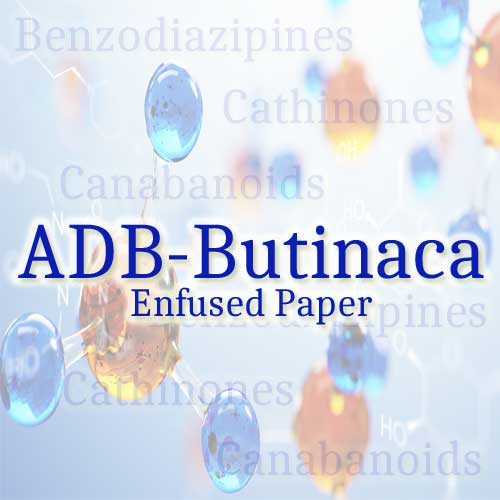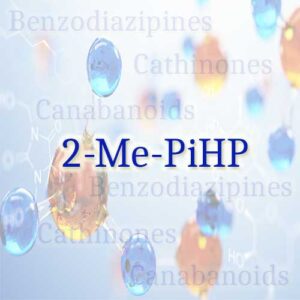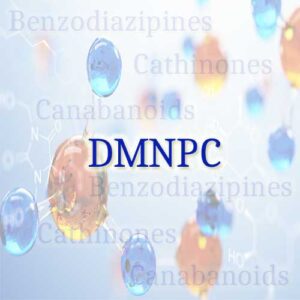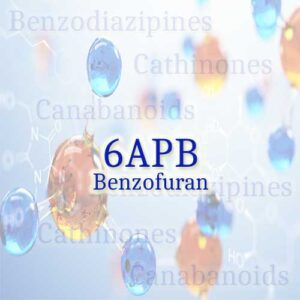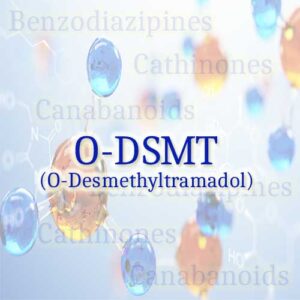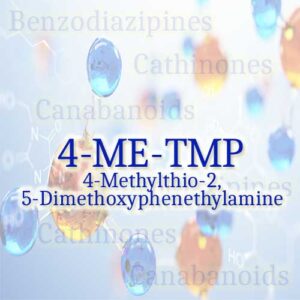****Double strength paper 1.2grams per page***
ADB-Butinaca (N-(1-adamantyl)-1-(butin-3-yl)-1H-indazole-3-carboxamide)
Advanced Synthetic Cannabinoid for Research Use Only
ADB-Butinaca, also known as ADB-BUTINACA, is a synthetic cannabinoid belonging to the indazole-3-carboxamide class. Recognized for its high affinity and potency at CB1 and CB2 cannabinoid receptors, ADB-Butinaca serves as a valuable tool in neuropharmacological and biochemical research exploring the endocannabinoid system.
Scientific Overview
As a selective CB1/CB2 receptor agonist, ADB-Butinaca mimics the activity of natural cannabinoids like THC, providing insight into how these receptors regulate physiological and cognitive processes. Researchers studying this compound have reported:
✨ High receptor binding affinity
⚙️ Potent cannabinoid receptor activation
Insights into endocannabinoid system modulation
These properties make ADB-Butinaca ideal for investigating cannabinoid signaling, pain pathways, and potential therapeutic targets related to neurological and inflammatory conditions.
Applications in Research
ADB-Butinaca is utilized in professional laboratories for:
-
Pharmacological and receptor-binding studies
-
Endocannabinoid system analysis
-
Forensic and toxicological profiling
Its molecular precision and receptor selectivity allow for controlled studies into cannabinoid receptor function and drug-receptor interactions.
⚠️ Safety & Handling Notice
ADB-Butinaca is a potent synthetic cannabinoid and must be handled with extreme care. Due to its high activity and limited toxicological data, it presents potential health risks if misused.
Safety concerns include:
❗ CNS overstimulation and physiological stress
❗ Unpredictable psychoactive effects
❗ Unknown long-term toxicity
STRICTLY FOR RESEARCH USE ONLY
-
Not for human or animal consumption
-
Not for medical, dietary, or recreational use
-
For qualified laboratory professionals only
Ensure all handling occurs in controlled, compliant laboratory environments following legal and ethical research standards.
Key Features
✅ Research-grade purity and consistency
✅ High CB1/CB2 receptor selectivity
✅ Ideal for neurochemical and pharmacological research
Explore cannabinoid receptor science with precision — ADB-Butinaca is designed exclusively for scientific research and analytical investigation.


